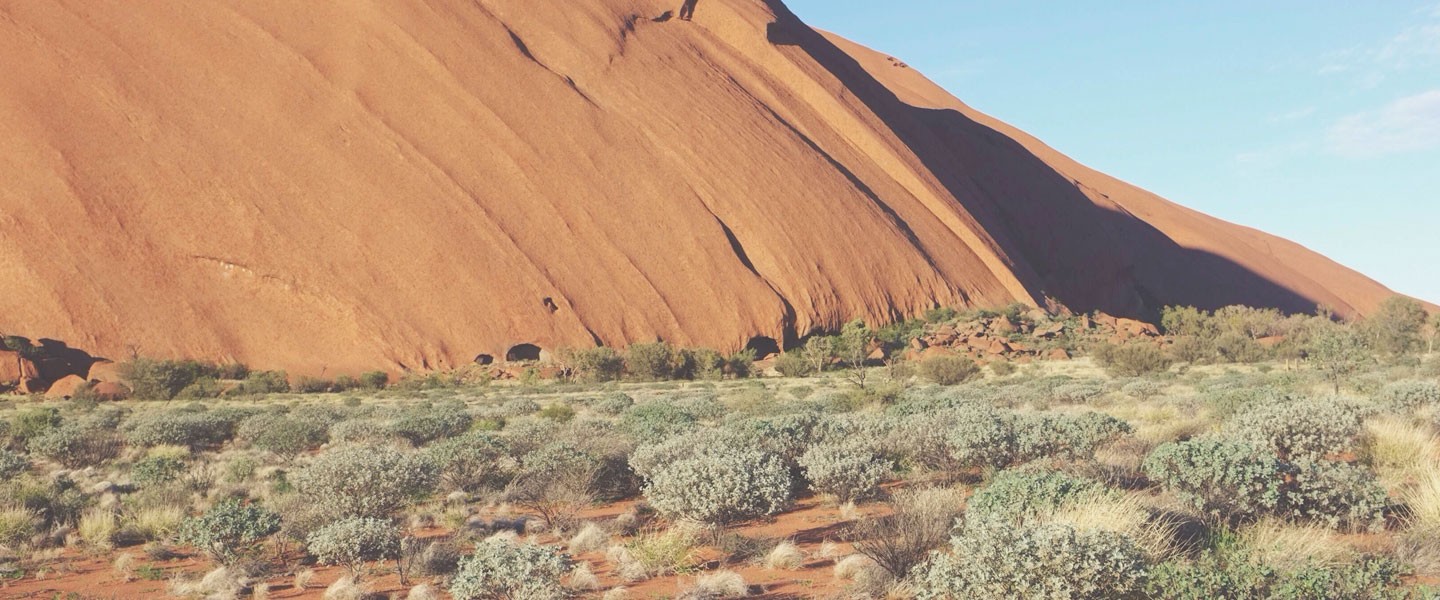This book started with a conversation over drinks in the bar of a Chinese restaurant in Manhattan. I was talking to Ellis Amburn, editor at a major publishing house. I had known Ellis well in Fort Worth. We had many of the same friends at TCU. Not only was he an editor, but he wrote best-selling biographies of movie stars.
I began telling Ellis that I wanted to write a novel about the great Comanche raid that reached the Gulf of Mexico and then turned north to attack the new capital city of Austin but was stopped at the Battle of Plum Creek. I talked about white women being taken prisoner and made into wives or slaves by warriors. He got interested. He asked questions.
At the end of the lunch Ellis said he wanted to publish the novel. We shook hands. He wrote two words on a napkin that he stuck in his pocket: COMANCHE SEX.
I was paid the first half of a large advance. I began researching and writing bits of the book. Then life got in the way. I got a divorce. I quit Sports Illustrated. I wrote a movie about vampire bats. But finally I was ready to concentrate on the novel.
I left my house and cat and dog in Austin in the care of frinds and leased an apartment for a year in the Royalty Coin Company building in San Antonio. It is a cylindrical stone building on the River Walk at the Commerce Street Bridge. Margaret Cousins, who had been my editor at Doubleday, had retired to her hometown of San Antonio, where she owned an apartment in the same building. Her friend Billy Baldwin, the New York interior decorator, was there also. My apartment on the third floor had bay windows that opened onto the river. I could practically see the Alamo. There were bars and restaurants up and down the sidealk directly below me. Boats cruised the narrow river with Mexican bands playing aboard. Surely this was the perfect place to write “Plum Creek.”
Pete Gent was helping me move in. The phone began ringing as we stood in the hall with armloads of boxes. I didn’t think anyone knew my new number. I unlocked the door and answered the phone and it was Jim Wiatt telling me I was to have breakfast tomorrow at the Beverly Wilshire with Steve McQueen, who had just finished reading Blessed McGill and wanted me to work on the screenplay “Tom Horn” that had been written by Tom McGuane.
Pete took me to the airport in San Antonio that night and I didn’t come back to the apartment for three months.
Eventually I set up my portable typewriter–the faithful little Skywriter had been retired by the movie business, which requires a lot of spaciing–on the kitchen table of the apartment and got back to work on “Plum Creek.” I discovered there is a drawback to living on the River Walkk. It is a loud party all night long. Bongo Joe thumps his oil drums in the middle of the night. Drunk soldiers are shouting at hookers. There are noisy fistfights. It is sort of like living on Sheridan Square in Greenwich Village.
By this time Ellis Amburn had left his editing job and moved to Key West to write movie star biographies full-time. At about page 300 of “Plum Creek” I sent the manuscript off to the new editor in New York, hoping to collect another piece of the advance. She said, in effect, what the hell is this? Is this Giles Got Boy Goes West? She said nobody wants to read a novel about Texas. She said forget about the rest of the advance.
I went back to Los Angeles to write a script about Belle Starr. I stopped by Bill Wittliff’s office at the old Encino Press building in Austin and gave him a cardboard box that contain the “Plum Creek” manuscript. He had encouraged me to write it in the beginning, so I wound up giving it to him. I told Bill to dispose of it as he wished, I was finished with it.
For the next 15 years Bill would now and then say,” I’ve still got the ‘Plum Creek’ manuscript. You should finish it.” I always said this was as far as I could take it.
In 1996, Dan and June Jenkins took a house for the summer on a beautiful golf course in the moutains of North Carolina. I went up and spent a couple of weeks with them. Dan and I played golf most days. It was a magical place. A river flowed past our door between our screen-in porch and the thirteenth green. There was a Cherokee museum with a rebuilt village a few miles away. As I was walking through the Cherokee village one day, something hit me.
I rushed back to the house and opened my laptop and started writing “Plum Creek” all over again.
This occupied me for the next two years. Under the title The Borderland, the book was published in 2000, roughly 20 years after Ellis Amburn wrote those two words on a napkin.
The portrait of Sam Houston in this chapter may be a little overwrought, but it is the great man the way I saw him from reading his speeches and letters and many books about him. As a character in a novel, old Sam cannot help outshining everyone around him.
